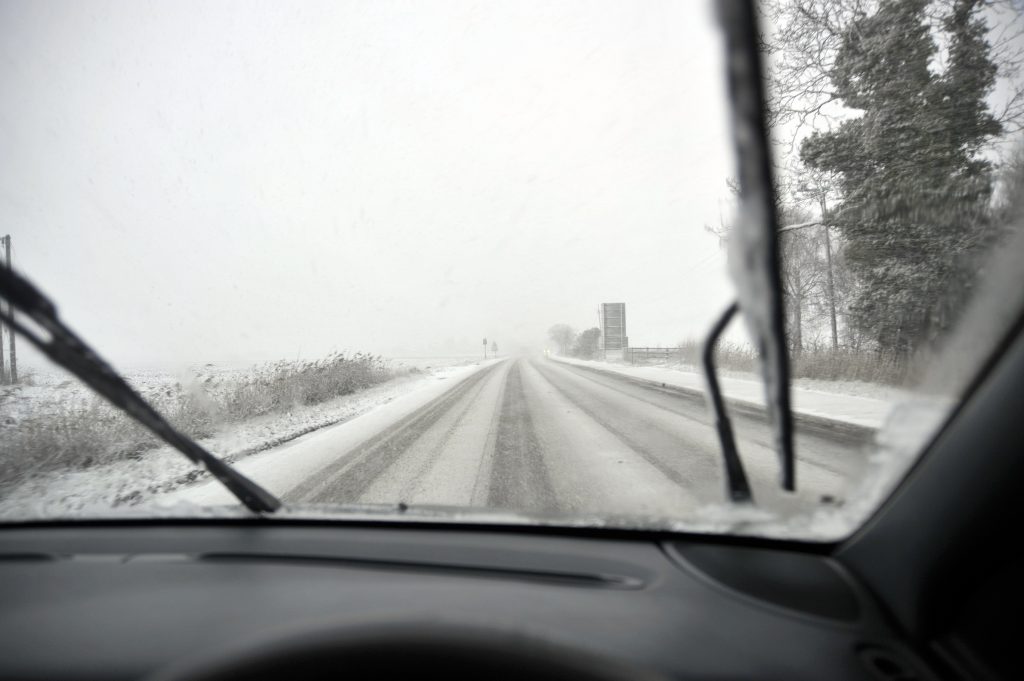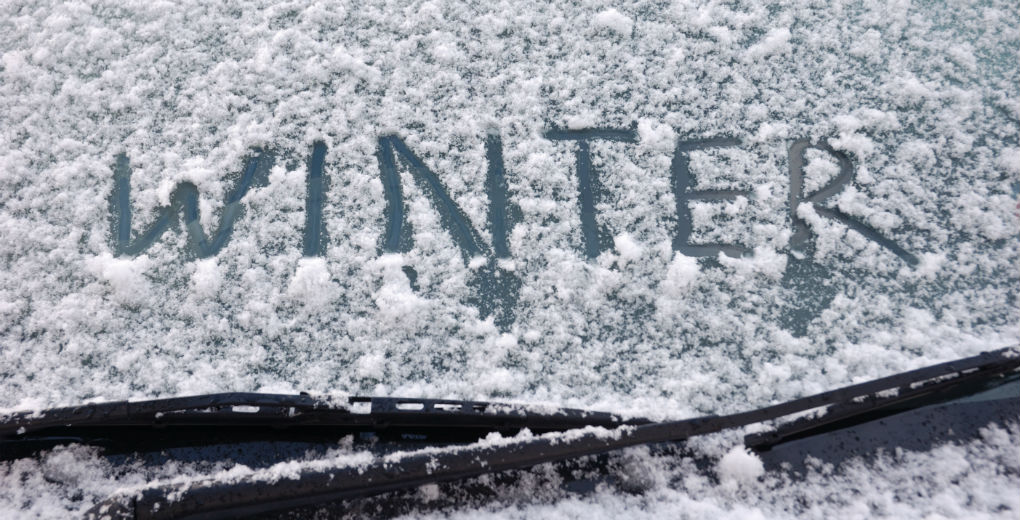
Heavy Snow & Icy Roads – Are You Prepared?
Winter storms can range from a moderate snow over a few hours to a blizzard with blinding, wind-driven snow that lasts for several days. Many winter storms are accompanied by dangerously low temperatures and sometimes by strong winds, ice, sleet and freezing rain. This article looks at how you can prepare for and cope in the winter storms.
A primary concern during winter storms and extreme cold is commuting safely. Most businesses, events and activities will only close down during the worst storms or extreme temperatures during winter. When snow or icy roads are forecast, you should adjust your driving to suit the conditions. Black ice isn’t always visible and can be an even greater hazard for both motorists and pedestrians. Black ice may be formed when rain or drizzle falls on a road surface that is at a temperature below 0 degrees Celsius.
Met Office Snow and Ice Warnings
The United Kingdom’s National Weather Service, the Met Office, provides up-to-date weather advisories and warns the public of severe or hazardous weather through its National Severe Weather Warning Service. Warnings are given a colour (Green, Yellow, Amber or Red) based on the combination of both the likelihood of the severe weather event occurring and the impact the weather conditions may have. Make sure you check your local weather forecast to find out whether the Met Office has released any warnings for your area. You can also find the latest warnings at www.metoffice.gov.uk.
The Met Office provides the following examples what to expect when snow and ice storms strike.
Very Low Threat (Green)
- Small amounts of snow on roads and pavements; some slippery road surfaces possible
- Localised icy stretches on some untreated roads and pavements are possible
- Traffic may move slower than usual
- Take extra care when walking, cycling or driving in affected areas
Low Threat (Yellow)
- More widespread snow and ice lying on untreated roads and pavements, but road networks are generally open
- Expect localised travel disruption
- Take extra care when walking, cycling or driving in affected areas
- Journeys through affected areas may take longer than usual
Medium Threat (Amber)
- Widespread snow and black ice with a number of road closures; others are passable only with care
- Be prepared for some disruption to road, rail and air transport with difficult driving conditions likely and longer journey times
- Possibility of road collisions and a significant increase in slips and falls
High Threat (Red)
- Widespread deep snow with many roads closed or impassable and high risk of drivers becoming stranded
- Significant disruption to road, rail and air transport
- Risk to personal safety
- Expect significant disruption to normal daily life as a result of transport issues and school closures
- Avoid making unnecessary journeys. If you must make a journey, carry emergency food, clothing, blankets, etc
If the Met Office issues a warning for snow and ice storms in your area, make sure you are prepared. Use the following tips and hints to help ensure your safety.
Before a Snow or Ice Storm
Update the emergency kit in your vehicle with the following:
- A shovel
- Windscreen scraper and small broom
- Torch
- Battery-powered radio
- Extra batteries
- Water
- Non-perishable snack food
- Matches
- Extra winter clothing and boots
- First aid kit with pocket knife
- Necessary medications
- Blanket(s)
- Tow chain or rope
- Road grit or cat litter to place on paths and driveways to lessen the risk of slipping
- Booster cables
- Fluorescent distress flag
During a Snow or Ice Storm
- Avoid travel if possible.
- If you must travel, check the Highway Code Guide: Driving in Adverse Weather Conditions (gov.uk/driving-adverse-weather-conditions-226-to-237) for advice on driving in snow and icy weather. Advice includes the following:
- Take care around gritters.
- Do not be tempted to overtake other vehicles.
- Slow down—it can take 10 times longer to stop in snowy or icy conditions.
- Use the highest gear possible to avoid wheel spin.
- Manoeuvre gently and avoid harsh braking and acceleration.
- If skidding, gently ease off accelerator and avoid braking. If braking is necessary, pump the brakes, don’t slam on them.
- If trapped in a vehicle:
- Pull off the roadway. Turn on the hazard lights and hang something brightly coloured from the aerial.
- Remain in your vehicle where rescuers are most likely to find you. Do not set out on foot unless you can see a building close by where you know you can take shelter. Be careful—distances are distorted by blowing snow. A building may seem close, but be too far to walk to in deep snow.
- Run the engine and heater for about 10 minutes every hour to keep warm. When the engine is running, open a downwind window slightly for ventilation and periodically clear snow from the exhaust pipe. This will protect you from carbon monoxide poisoning.
- Exercise to maintain your body heat, but avoid overexertion. In extreme cold, use road maps, seat covers and floor mats for insulation. Huddle with passengers and use your coat for a blanket.
- Take turns sleeping. One person should be awake at all times to look for rescue crews.
- Eat regularly and drink enough fluids to avoid dehydration—but avoid caffeine and alcohol.
- Be careful not to waste battery power. Balance electrical energy needs—the use of lights, heat and radio—with supply.
- Turn on the inside light at night or when it’s dark so work crews or rescuers can see you.
- If stranded in a remote area, stomp large block letters in an open area spelling out HELP or SOS and line with rocks or tree limbs to attract the attention of rescue personnel who may be surveying the area by air.
- Leave the car and proceed on foot, if necessary, once the blizzard passes.
- If you go outside, wear several layers of clothing and stay dry to prevent loss of body heat.
- Watch for signs of hypothermia, including uncontrollable shivering, slurred speech, memory lapse, drowsiness and frostbite. Keep your arms and legs moving to help blood circulate.
After a Snow or Ice Storm
- Exercise extreme caution when driving or walking on compacted snow—it may have turned to ice.
- Take extra care when shovelling snow. Cold air makes it harder to work and breathe, which can add extra strain on the body.
Stay safe when severe weather strikes by being prepared and checking weather forecasts and warnings.






